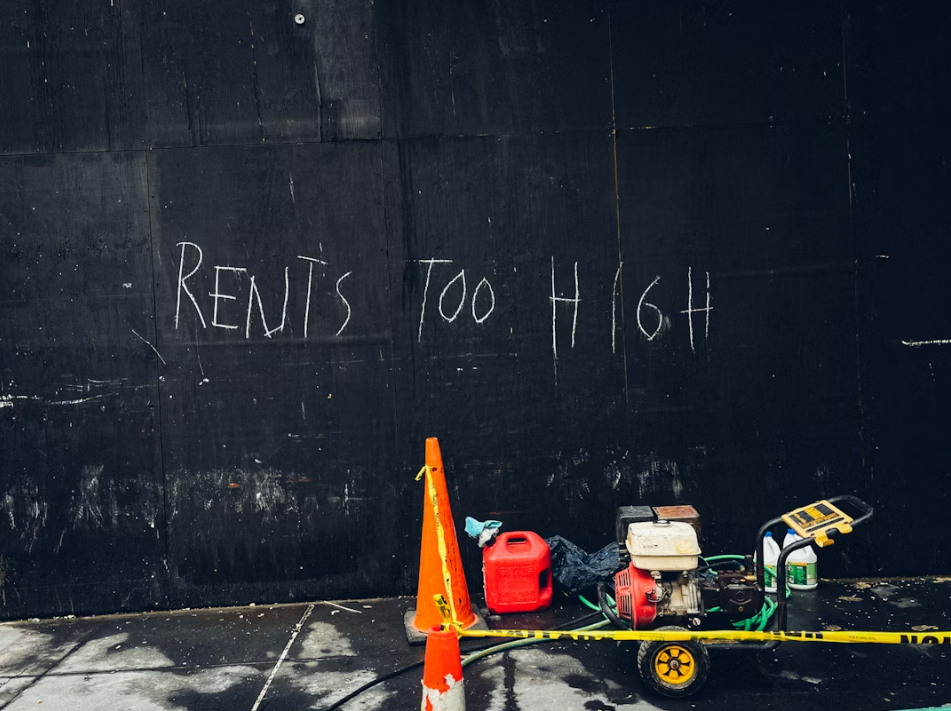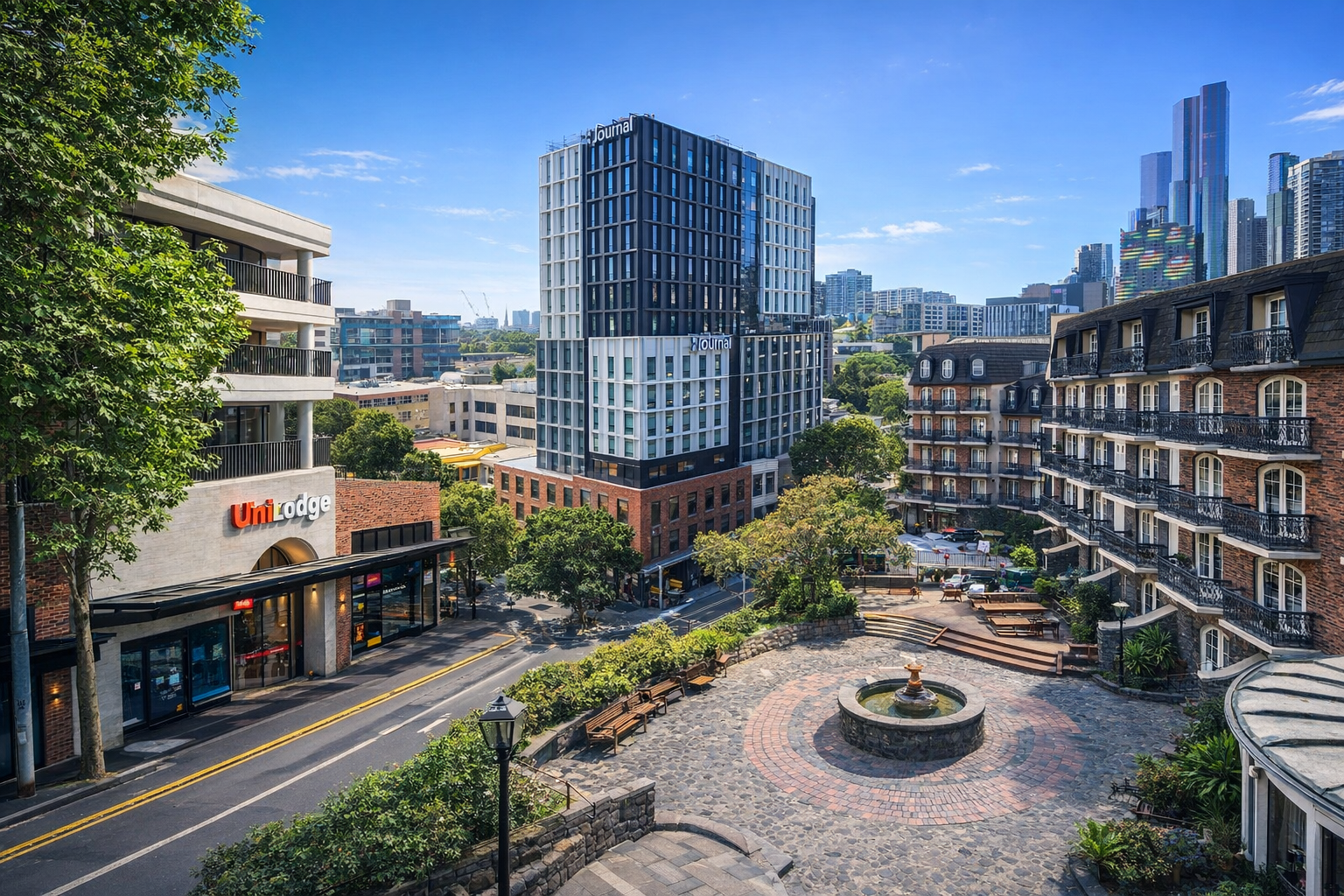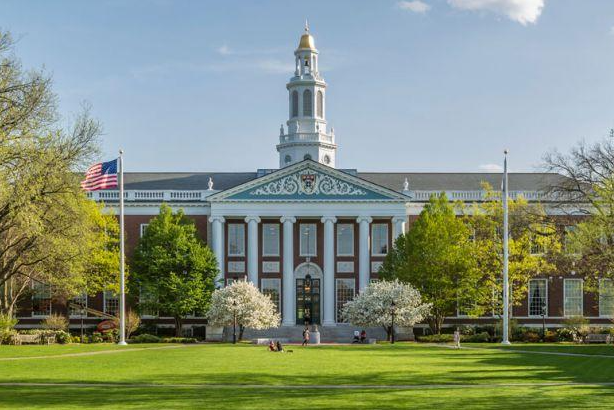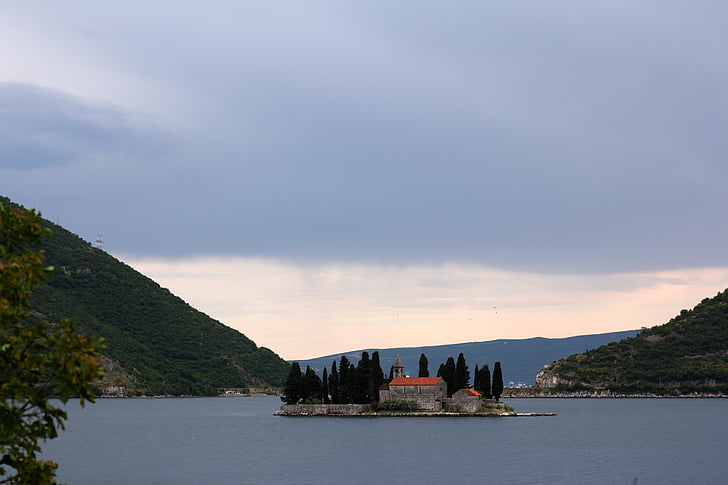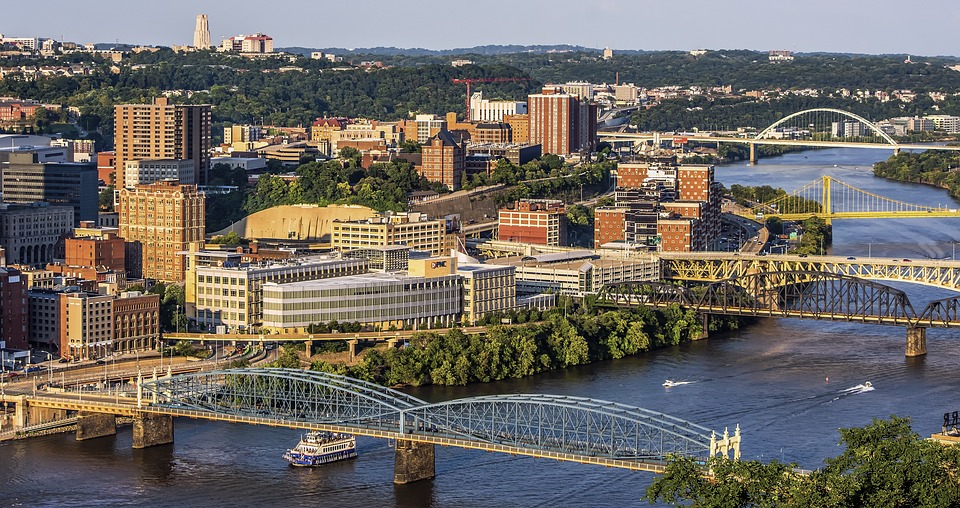The most rigorous colleges could be your type if you are a person who relishes challenges in your studies. You can develop your skills that will benefit you in a challenging environment. For years, people often think it’s easy to be admitted to US universities but hard to graduate. However, undergraduate applications to universities have grown more aggressive in the US, and “easy entry” may no longer be entirely accurate. Despite this, American universities still have academic rigour and high standards that are challenging for some students. Even some universities are more difficult to graduate from than well-known institutions like Harvard University, Yale University, and MIT. Here is an overview of some of the most rigorous colleges for graduates.
Most Difficult Colleges to Graduate
When talking about most academically rigorous colleges, it may not be what we think. Each university has its own advantageous disciplines, which are superior to other institutions. That could make them the hardest academic colleges. However, other disciplines could be more relaxed and have easier homework to complete.
Pepperdine University
Founding time: 1937
U.S. News ranking: #76
Number of undergraduates: 3,662
Acceptance rate: 49%
Four-year graduation rate: 77%
Pepperdine University (PPD) is a private research university in California. It was founded by Christian businessman George Pepperdine. Its Malibu, California campus is one of the most beautiful college campuses in the United States.
The school upholds the New Testament tradition of the Christian Church, emphasizing the importance of religious faith in scholarship and life. To this end, each student is required to participate in at least 14 religion-related activities per semester and take at least three religious courses throughout their studies.
This curriculum aims to deepen students’ understanding of Christian teachings and develop their religious faith. However, it may not be suitable for all people from different religions to study in this college with strong religious atmosphere.
New York University
Founding time: 1831
U.S. News ranking: #35
Number of undergraduates: 29,760
Acceptance rate: 12%
Four-year graduation rate: 72%
New York University(NYU) was founded in 1831 by Albert Gallatin, the United States Secretary of the Treasury at that time. It is a famous private research university located in New York.
NYU is a member of the new Ivy League and has 11 global academic centres in London, Madrid, Sydney, Berlin, Paris, and other places. The Tisei Art Institute, Stern School of Business, Law School, etc., are on the main campus in Manhattan.
New York University is increasingly in the spotlight for its excellent quality of education and has become one of the most academically rigorous universities in the United States. Exceptional resources and a wonderful location also increase NYU’s application rate. Here, students can get more opportunities, such as internships at Wall Street financial firms or networking with industry leaders, which is good for their future careers.
Tulane University
Founding time: 1834
U.S. News ranking: #73
Number of undergraduates: 7,350
Acceptance rate: 11%
Four-year graduation rate: 72%
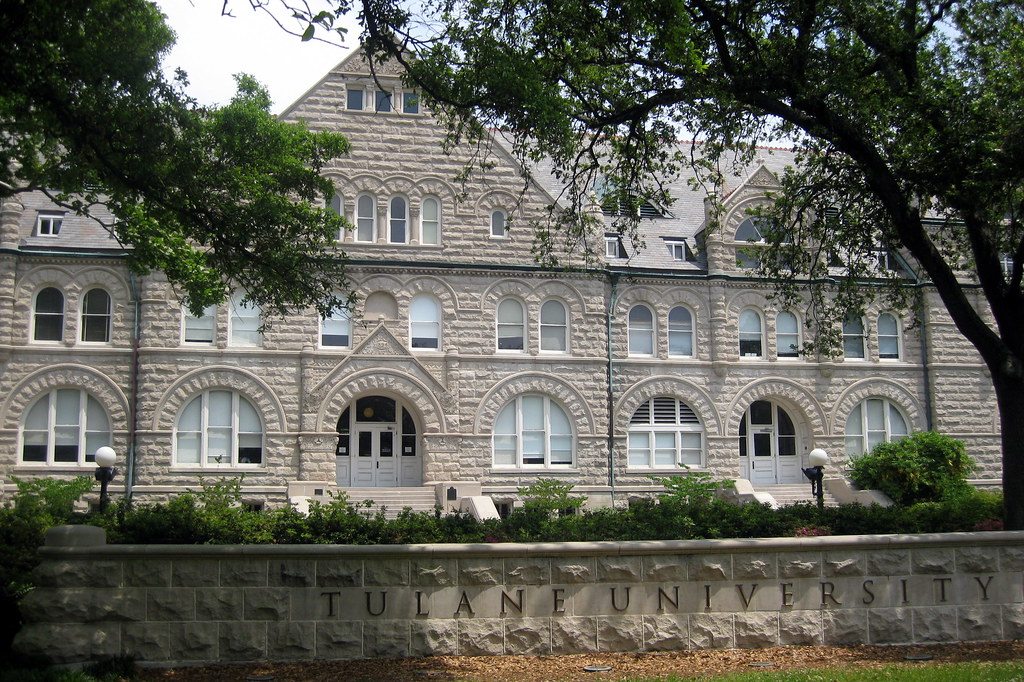
Tulane University is a private research university in New Orleans, Louisiana. It is a member of the Association of American Universities (AAU), and Its school basketball team is named “Green Waves”.
Founded in 1914, Tulane University Business School is one of the earliest business schools in the United States and is also one of the 16 founding members of AACSB in 1916.
The graduation rate of Tulane University has shown a steady upward trend, better than before. In addition, Tulane performs well in freshman retention, especially undergraduate retention. Since 2014, the school’s retention rate has held steady at 92% or higher, which speaks volumes about student recognition and satisfaction with Tulane’s academic environment.
University of California-San Diego
Founding time: 1960
U.S. News ranking: #28
Number of undergraduates: 33,096
Acceptance rate: 24%
Four-year graduation rate: 72%
The University of California, San Diego(UCSD), a public research university, is a member of the Alliance of Pacific Rim Universities, the International Forum of Public Universities, and the Association of American Universities. It was selected by the British government’s “High Potential Talent Visa Program.”
As of 2020, UCSD has 27 Nobel Prize winners, 3 Fields Medal winners, 8 National Medal of Science winners, 8 MacArthur Fellows, and 2 Pulitzer Prize winners among its alumni, and 254 members of the Four American Academies are on its current faculty.
UCSD has seven undergraduate general studies schools, five academic research schools, and five professional research schools. It also manages 19 research centres, including the Scripps Institution of Oceanography, the Qualcomm Institute, and the San Diego Supercomputer Center. Among them, the Medical School and the Jacobs School of Engineering rank very high. Students will study some of the hardest college courses and challenge themselves in their academic careers. With the low graduation rate, UCSD has become one of the hardest academic colleges in the US.
University of Illinois at Urbana-Champaign
Founding time: 1867
U.S. News ranking: #35
Number of undergraduates: 35,120
Acceptance rate: 45%
Four-year graduation rate: 70%
The University of Illinois Urbana-Champaign is a public research university. Known as the “public Ivy,” it is a founding member of the United States Ten League and the Association of American Universities. Besides, it was elected to the British government’s “High Potential Talent Visa Program.”
UIUC has 15 colleges and schools, of which the School of Information Science, the School of Engineering and the Department of Psychology enjoy a high reputation in the United States and even the world, ranking among the best. According to the Carnegie Classification of Institutions of Higher Education, UIUC’s level of research activity is considered the highest, further proving its preeminence in scientific research, thus making it one of the top academic schools in the US.
UIUC students can enjoy a colourful campus life. The university has more than 1,600 student organizations, covering various fields such as professional clubs, political clubs, and charity clubs, providing students with a wide range of choices and rich activities.
University of California, Irvine
Founding time: 1965
U.S. News ranking: #33
Number of undergraduates: 28,661
Acceptance rate: 21%
Four-year graduation rate: 70%
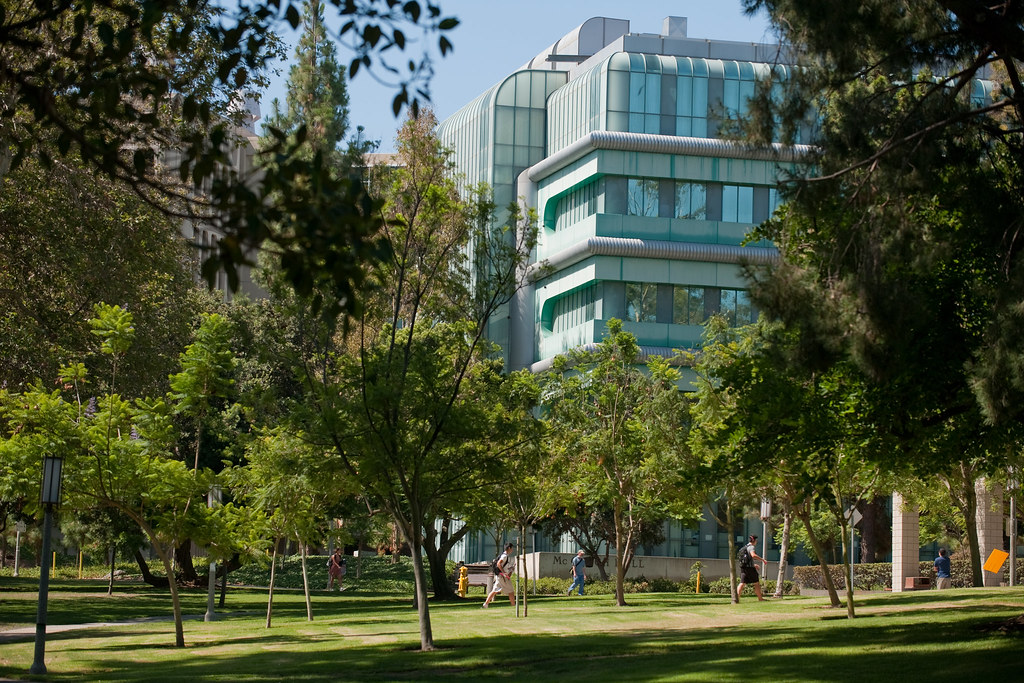
Known as the “public Ivy”, University of California, Irvine (UCI) belongs to the University of California system. It is also the Member of the Association of American Universities, Pacific Rim University Alliance, and International Public University Forum. The University of California, Irvine has eight Nobel Prize winners and seven Pulitzer Prize winners.
As a public research university, the quality of students admitted to UCI can be uneven due to in-state admissions targets. Still, the graduation rate is not too bad.
University of California, Santa Barbara
Founding time: 1891
U.S. News ranking: #35
Number of undergraduates: 23,460
Acceptance rate: 26%
Four-year graduation rate: 68%
The University of California, Santa Barbara, founded in 1891, is located in the charming seaside resort of Santa Barbara in the Los Angeles metropolitan area. As a member of the University of California system, UCSB has a beautiful campus environment. It is surrounded on two sides by the sea, adjacent to the vast beaches of the Pacific Ocean, which covers 1,000 acres.
Additionally, UCSB is one of the most academically rigorous universities because of its excellent quality of education and scientific research strength and it is known as the “public Ivy”. UCSB offers more than 400 clubs and organizations on campus, providing students with a wide range of options and a rich activity experience. Among them, the College of Arts and Sciences, as the largest college, provides students with a comprehensive education, ensuring they can fully develop academically.
It is worth mentioning that UCSB is known for its Party School, which does attract some students to overindulge in social activities and neglect their studies. However, it is not difficult for students who are interested in academic pursuits to graduate on time as long as they study hard and arrange their time reasonably.
Case Western Reserve University
Founding time: 1826
U.S. News ranking: #53
Number of undergraduates: 6,017
Acceptance rate: 27%
Four-year graduation rate: 66%
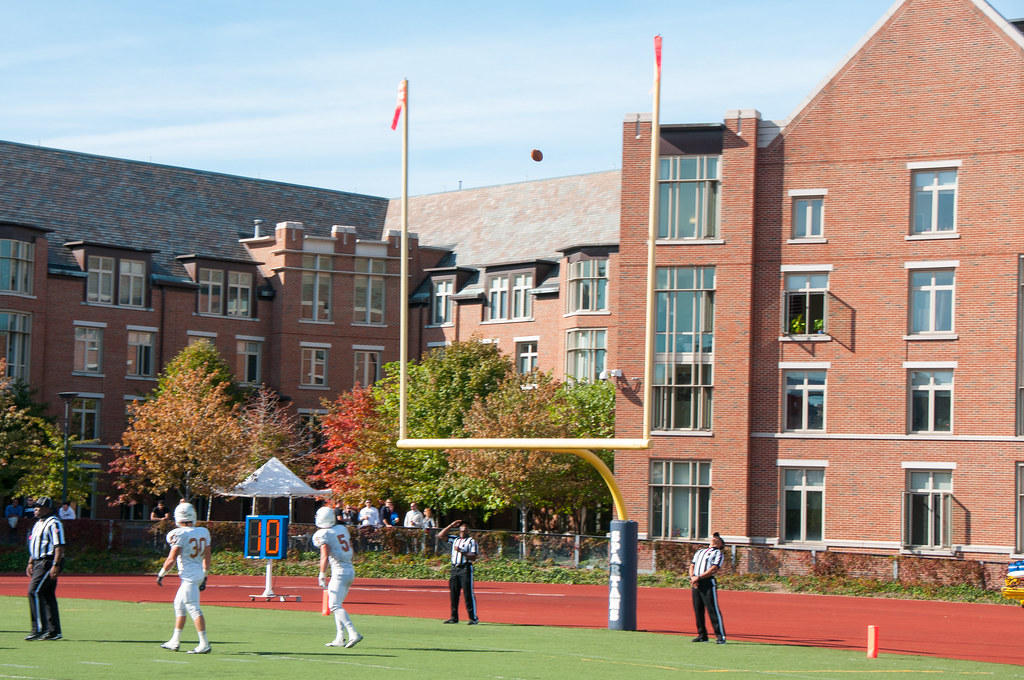
Case Western Reserve University (CWRU), located in Cleveland, Ohio, is an American private research university and is also a member of AAU. One of the early members of AAU.
Case Western Reserve University was formed in 1967 by the merger of Case Institute of Technology, founded in 1880 by philanthropist Leonard Case, and Western Reserve University, founded in 1826 on the Connecticut Western Reservation.
CWRU is also one of the most challenging colleges in the US. In response to low graduation rates, CWRU has launched the Emerging Scholars Program (ESP) to provide comprehensive academic support to high school graduates in the Cleveland area. The program aims to create a more equitable learning environment for first-generation college students to improve graduation rates.
Rensselaer Polytechnic Institute
Founding time: 1824
U.S. News ranking: #60
Number of undergraduates: 5,895
Acceptance rate: 65%
Four-year graduation rate: 61%
Since its founding in 1824, Rensselaer Polytechnic Institute has upheld the philosophy of integrating science into everyday life, and this spirit remains its unique cultural identity today. The institute covers an area of 296 acres. Students can experience an excellent learning environment and participate in a number of outstanding engineering projects.
Rensselaer Polytechnic Institute continues to innovate academically, and its science majors offer a unique array of accelerated programs. For example, the Bachelor of Science/MD Physician Scientist Program can be completed in seven years, and the B.S./J.D. Science, Technology, and Social Law program takes only six years to complete.
Although it has some of the most difficult college classes and the graduate rate is not high, Rensselaer Polytechnic Institute graduates excel in the job market. The average incomes for graduates in different fields are as follows:
- computer and information sciences and support services – $81,123
- engineering/engineering-related technician – $76,042
- engineering – $67,124
- math and statistics – $67,066
- multiple/interdisciplinary studies – $64,983
University of Texas at Austin
Founding time: 1883
U.S. News ranking: #32
Number of undergraduates: 41,309
Acceptance rate: 31%
Four-year graduation rate: 57%
As the flagship campus of the University of Texas system, the University of Texas at Austin (UT) is located in Austin, the capital of Texas. It is one of the top academic schools in the US and known as one of the “public Ivy League”. Its excellence in education and research strength has made it among the world’s best 40 universities.
The University of Texas at Austin is large, with 13 schools and colleges, providing students with a wide range of academic options, which require students to demonstrate a degree of autonomy and management skills to ensure their timely graduation.
On campus, students can participate in more than 1,000 clubs and organizations or join the extensive UT Greek system to enrich their campus life. Moreover, UT offers hundreds of study abroad programs that encourage students to broaden their international horizons and grow their global experience.
Why are They the Most Rigorous Colleges?
When people hear “most rigorous colleges,” they may think of “hardest colleges.” The term “rigorous” means colleges have the hardest college courses, challenging academic programs, and more strict disciplines for their students. Correspondingly, colleges have relatively high enrollment and student graduation requirements. That’s why people think they are the hardest colleges to get into.
Below are some factors that contribute to the rigour of a college:
- Faculty capacity: Profound knowledge, rich teaching experience, and passion for teaching can stimulate students’ intellectual curiosity and inspire them to delve deeper into their subjects.
- Academic curriculum: Advanced, specialised courses ensure students receive a comprehensive and challenging education.
- Class size: Different types of course scales can create the required learning atmosphere for students of different majors and promote the digestion of what students have learned.
- Exam standards: The strict assessment standards make students pay more attention to their academic learning and performance improvement.
- Enrollment quality: Qualified talents with academic abilities and learning motivation are the foundation of rigorous colleges.
- College commitment: The college’s commitment to research and innovation provides students with more opportunities to engage in cutting-edge projects,. This commitment further promotes academic innovation and enhances the colleges’ strength.
There are many benefits of attending a rigorous college. Accepting rigorous education in colleges can help students cultivate preciseness and enhance the ability of logical thinking. It can be a great way to prepare for a successful career. If you are up for the challenge, a rigorous college can be a great investment in your future.
Conclusion
After learning about the most rigorous colleges and the factors that make them rigorous, you must have a different view of these universities. It’s important for students who thirst for knowledge to know these rigorous colleges clearly so that they can choose the right college, make more preparations, and embrace the challenges of facing difficulties in their studies. Though they are the hardest colleges academically, and some of them have low graduate rates, they provide strict discipline and a high level of academic atmosphere, in which students can not only impart knowledge but also build character, resilience, and a lifelong passion for learning.
FAQ
Which college has the hardest academics?
The Massachusetts Institute of Technology (MIT).
The QS World University Rankings has ranked MIT at the top for the 13th year in a row. With high teaching quality and advanced academic programs, MIT has been one of the most rigorous colleges in the US and attracts many students to accept higher education.
Is it harder to get into UCLA or Berkeley?
It is harder to get into UCLA.
According to statistics from the US News, UCLA’s acceptance rate is 9%, while Berkeley’s is 11%.
What is the hardest ivy to get into?
Harvard Univesity.
Ivy League Schools include Harvard University, Yale University, Princeton University, Columbia University, University of Pennsylvania, Dartmouth College, Brown University, and Cornell University. Among them, with the lowest acceptance rate of 3%, Harvard is the hardest Ivy to get into.
